|
The snow is melting and it is raining instead of snowing. We're starting to think about spring projects like setting up the greenhouses, mulching the bare spots, and taking cuttings and pruning. We are starting to grow seeds under grow lights in our basement and it is fun to have a little glimpse of spring popping up under the lights. It takes a little planning to start seeds at the right time to have them ready to plant outdoors. Over the years we have learned a few tricks about successfully starting seeds. Let me share with you some tips to growing successful seedlings.
1. Get the timing right. Not all plants grow at the same rate. Peppers take longer to germinate than tomatoes. Marigolds and annual flowers come up really fast and grow fast, but most perennial plants are much slower. I like to plant my onion and pepper seeds first (they take a little time to grow) and then cold hardy crops like celery and cabbage and kale (those can go out in the garden almost as soon as the ground thaws). Tomatoes come next. I typically plant them the first or second week of March (and sometimes the third week of March if we are still waiting for seeds) to transplant them and put them in the greenhouse till May. If I didn't have a greenhouse, I would plant them the last week of March (6-8 weeks before you plant them outdoors). I'll start herbs like parsley, chives, thyme, and basil in the middle of March too. I'll wait until the second or third week of April before planting things like zucchini and squash, cucumbers, and other fast growing warm loving plants. They will get too big if you plant them more than a few weeks before you plant them outside. Plant seeds that grow at the same rate together to avoid problems. 2. Use grow lights. I have tried to start seeds using the light from my windows, but the light is not strong this time of year, and I found myself moving my little tray of seedlings around chasing every little scrap of sunlight but it wasn't enough light and the young plants became leggy and weak. A couple years ago, we made a PVC grow light stand that was inexpensive and effective. We just bought shop lights at the local hardware store and had much better results. We now have a whole shelf covered with grow lights, but the principle is the same. It is important to note that the lights need to be pretty close to the plants. All our plant lights are designed to raise and lower the lights to keep the grow lights just a few inches from the plants. Leave the lights on for at least 15 hours a day.
3. Use heat mats. We were doing better with grow lights, but the the biggest difference in our success came from adding a little bit of bottom heat. Most seeds will germinate rapidly when the soil temperature is between 75-80 degrees. I notice that our seeds will germinate much more quickly and grow more rapidly with the bottom heat, especially the heat loving tomatoes, peppers and tender herbs. A thermostat can help you monitor the soil temperature and keep it constant.
4. Use fans. There is always a little breeze in the garden. A little wind helps dry off the leaves and the soil to prevent mold and diseases. A little wind will force the plants to grow thicker and stronger stems with shorter internodes. Seedlings grown inside without any opposition from wind will be weak and suffer when planted outside. We run our small fans anytime the lights are on which has helped the soil stay clear of molds and fungus and helped the plants grow strong and stocky. **Before we used fans we used to get mold growing on the top of the soil which reduced the amount of oxygen the seedlings were getting. Spraying the soil with a little hydrogen peroxide on the soil, but not the plants, eliminated the mold and using fans to keep air circulating prevented the mold from returning.
5. Use a good quality potting soil or seed starting medium. In our early years of trying to grow seedlings, I lost a lot of them to peat pellets and cheap potting soil. I like the potting soil with moisture control. Cheaper potting mixes are hard to get properly hydrated. One year I had plants that were not growing well. I thought I had watered them well, but the potting soil was only getting wet on top and the rest of the water running down the sides without soaking in. When I went to transplant them, I found bone dry potting soil on the bottoms. No wonder they weren't growing. You get what you pay for. Buy or make something good.
6. Pre-moisten the potting mix. Seeds tend to be small, and potting soil is sometimes hard to get uniformly moist. When planting seeds or transplanting seedlings to a bigger pot, we pre-moisten the soil. The potting mix should be wet like a damp wrung out towel; not soggy or dripping wet. If you are having a hard time wetting the soil, a drop (just one will do) of dish soap mixed into your water will really help. Soap is a surfactant that breaks the surface tension of the water so it absorbs into the potting mix better. If the soil is moist before planting you will not have to water immediately after planting the seeds so they will not move around. 7. Use a covering. Watering can cause a lot of damage to seedlings if you are not careful. I use a small watering can to gently water small plants, but before the seeds come up, I leave the trays covered with a piece of damp burlap. Damp burlap lets moisture, air, and light through, but keeps the seeds from being washed away during watering. Another advantage is that the burlap keeps the top of the soil from drying out too fast. As soon as several seedlings have emerged I remove the burlap so they don't grow through the small holes. A seed tray cover works well too, just don't leave it on to long or the seedlings inside will mold from the humid environment with no air circulation.
8. Transplant to a bigger pot before transplanting in the garden. We save space by planting seeds in trays close together. This lets us make the most of the limited space under the lights. When the plants have grown a few real leaves, we transplant them into bigger pots and put them in the greenhouse to keep growing. Transplanting can help some plants like tomatoes grow stronger stems and bigger roots if you plant them deep in the bigger pot.
9. Harden off the seedlings gradually. When we are ready to plant our seedlings outside we gradually acclimate them to the increased sunlight, wind and temperature differences. Placing them outside for a few days in a protected spot like a covered porch will help them get used to the new environment.
10. Label label label. We used to think that we would remember what we planted, but trust me, after a few weeks everyone will forget, and seedlings can look very similar. Use a permanent marker or something that won't wash off or fade in the sun. I have had small children pull all my tags up and rearrange them so take a picture with all the labels visible just in case something happens. I also record what is planted where on my phone so that even if the tags go missing or fade, I can figure out what each plant is. Happy planting! Comments are closed.
|
Archives
April 2022
Categories
All
|
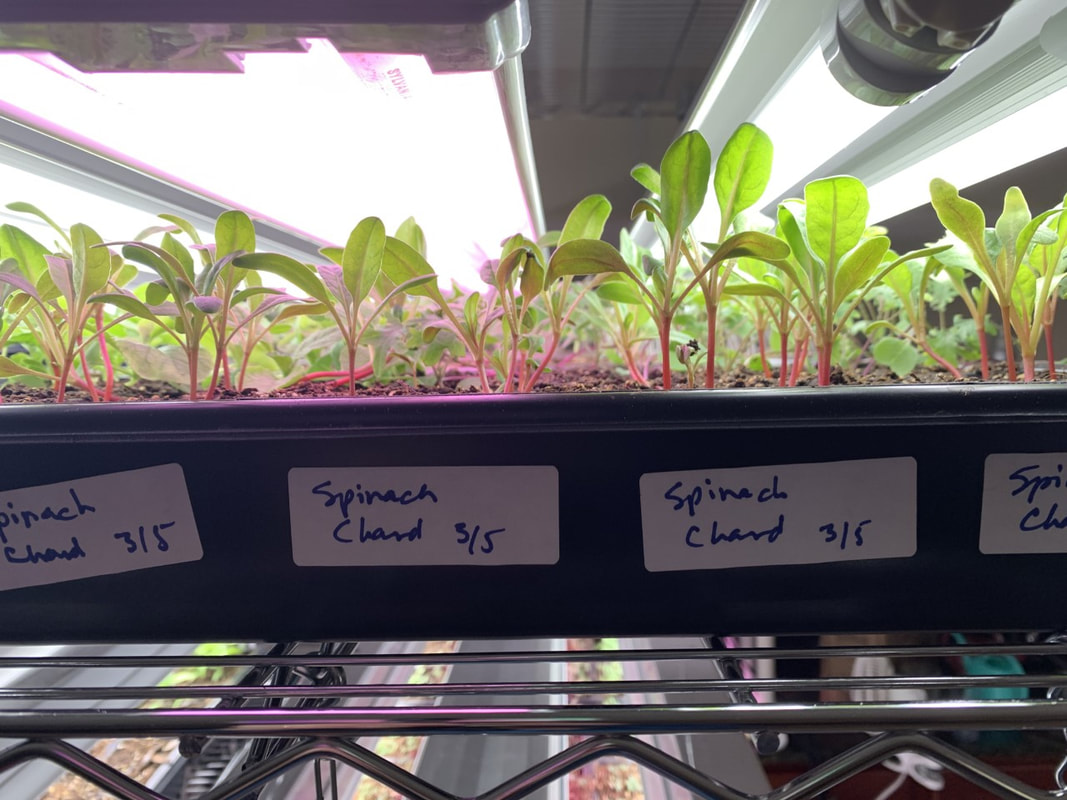
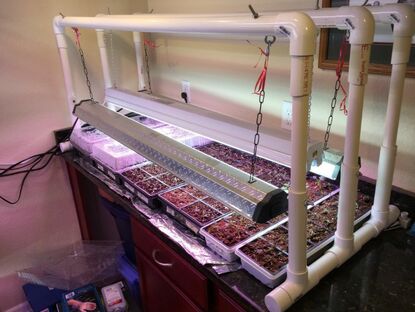

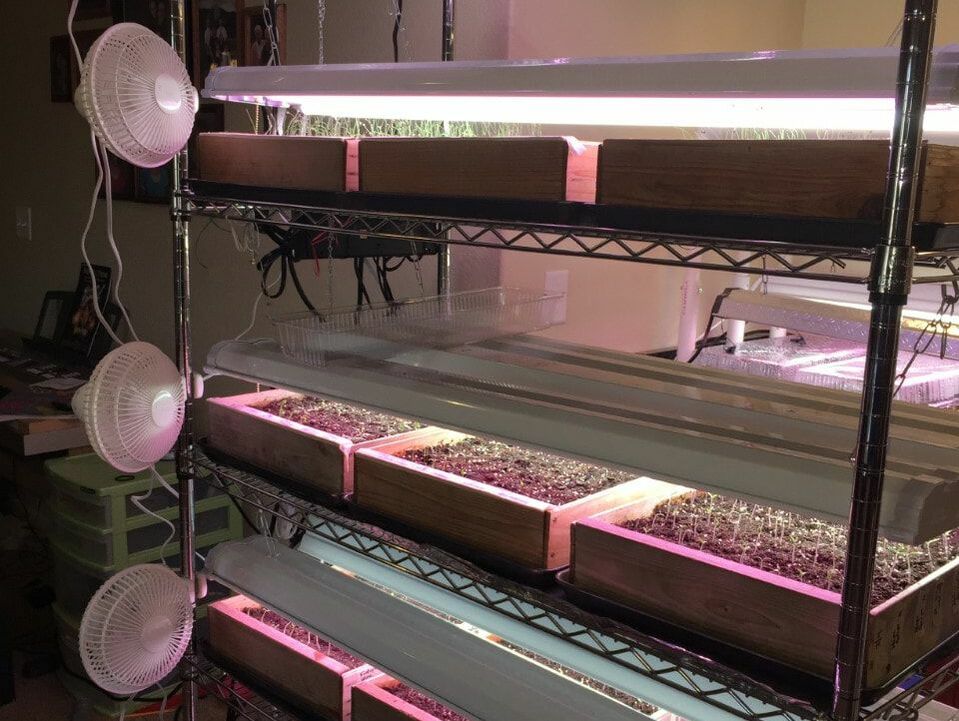
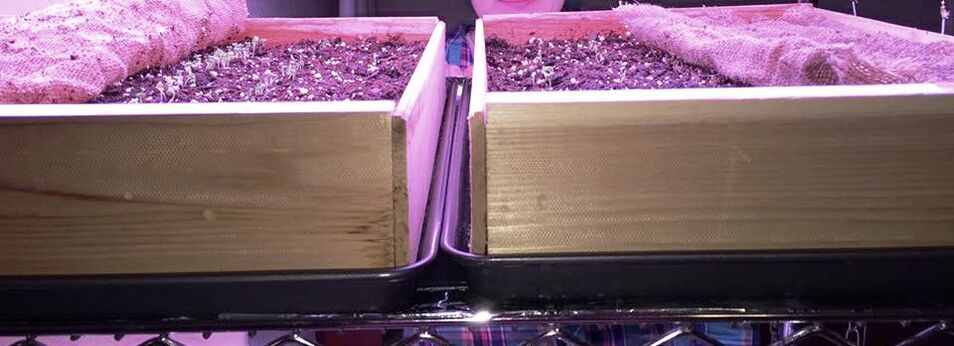
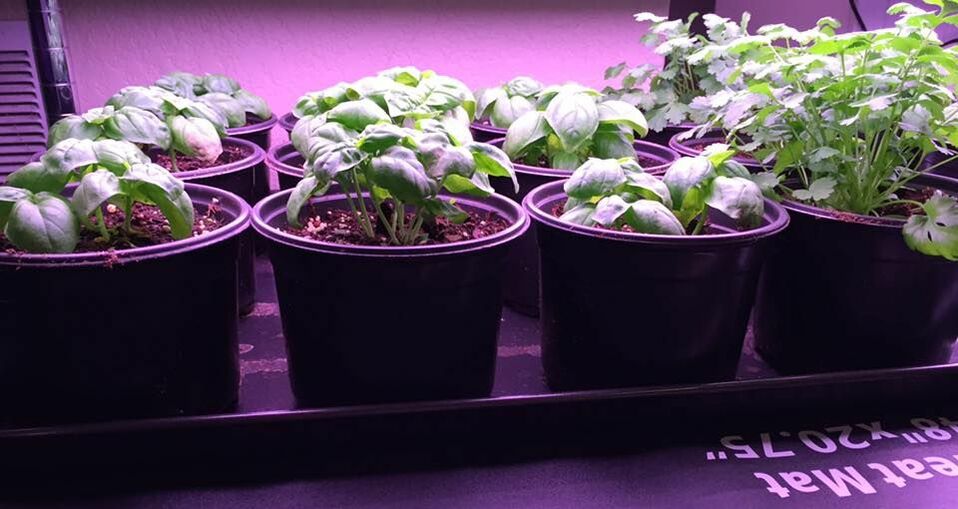
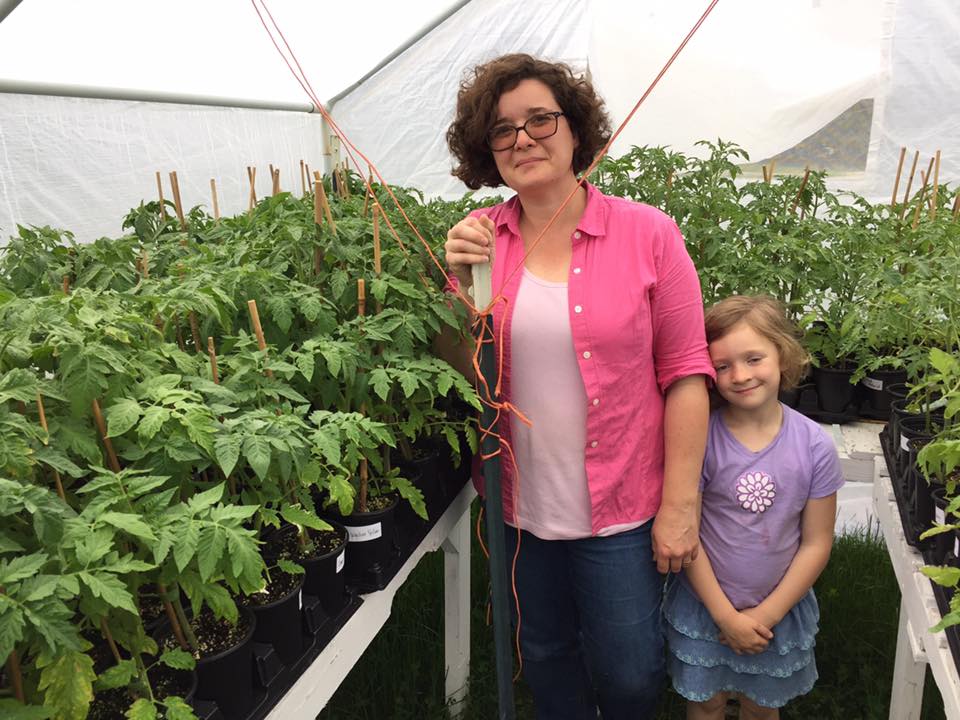
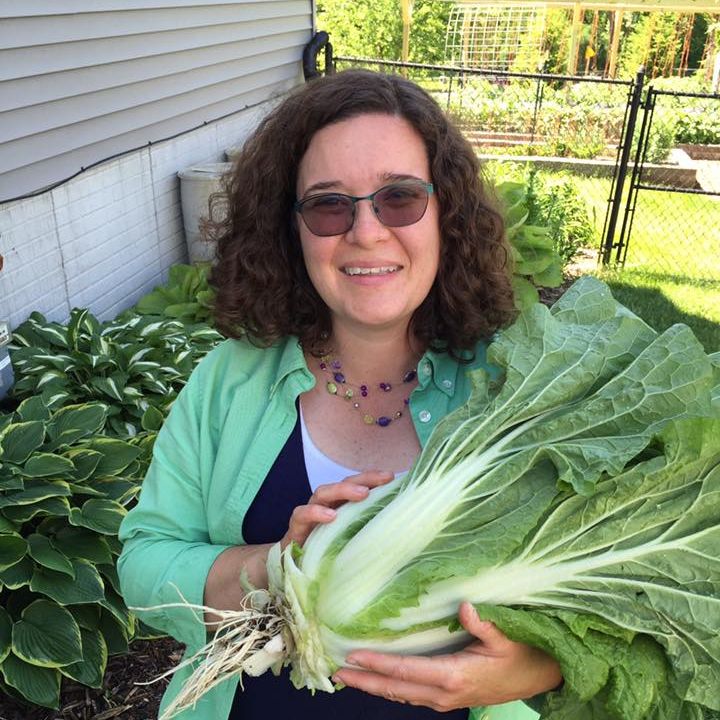
 RSS Feed
RSS Feed